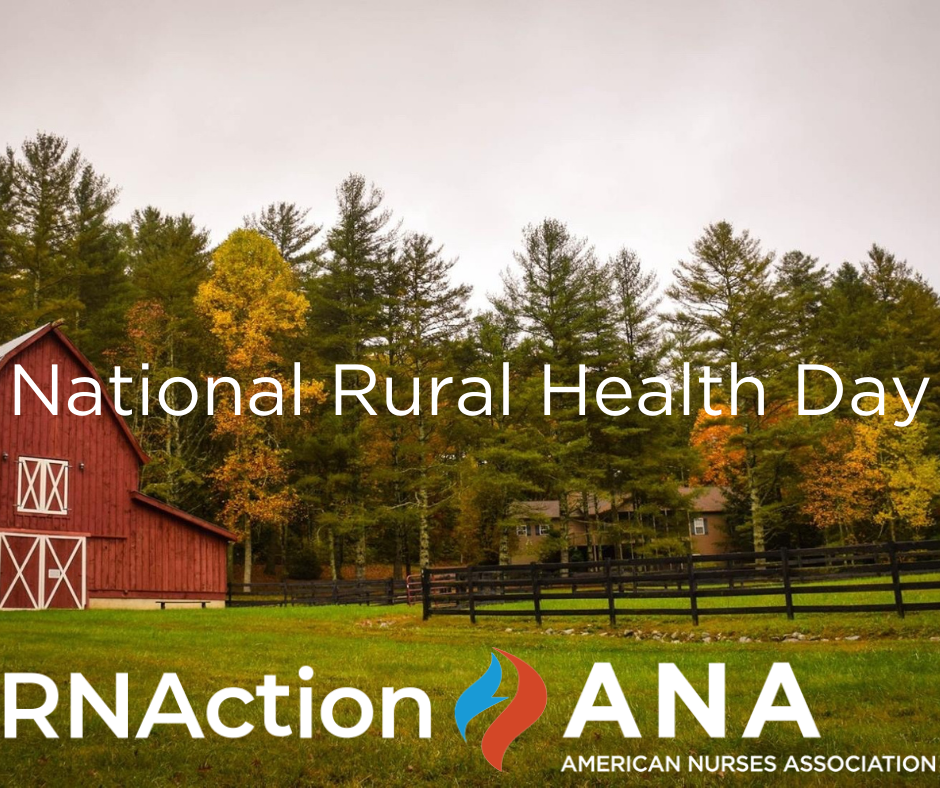Achieving health equity is a key goal for the nation’s health care system. While not a new issue, we are seeing renewed focus on identifying and overcoming barriers that are leading to health inequities—especially with the COVID-19 pandemic magnifying underlying and persisting inequities. These barriers include sociodemographic factors, such as housing and food instability, which often lead to worse health outcomes for patients. Nurses in direct care are acutely aware of these barriers, given their roles in caring for patients in various care settings. Identifying real and lasting solutions to lead to a more equitable health care system is of vital importance to nurses and to ANA.
Addressing longstanding inequities throughout health care remains a key priority for ANA. On July 12, 2022, ANA announced a Racial Reckoning statement acknowledging our harmful past actions and outlining a plan to rectify our history and make changes for the future. ANA outlined six areas of focus to address the past and improve in the future that focus on partnering with the National Commission to Address Racism in Nursing, advocating for racial equity in policies and programs, and improving ANA’s internal governance structure.
As the largest organization of nurses, ANA has an opportunity to help reshape the profession, and the Reckoning is just the first step. In its own way, ANA’s legislative and regulatory agenda also reflects this priority. As part of this effort, the Policy & Government Affairs team has—and will continue to—approach nurse advocacy with an equity lens at every opportunity.
Our work in the last few months is an illustration, with ANA’s policy team submitting comment letters to the Centers for Medicare and Medicaid Services (CMS). The comment letters, in part, urge the agency to utilize nurses as it tackles geographical and racial equity in health outcomes for patients. These comments were in response to CMS’ request for information and other proposed provisions in several of the annual Medicare payment rules. ANA’s comments centered on the importance of engaging with nurses to identify approaches to measure and address health care disparities and barriers. The requests for feedback from CMS is part of the agency’s larger initiative to address barriers to health care, as outlined in a framework that was released earlier this year.
As noted above, we also saw the COVID-19 pandemic exacerbate underlying health inequities as vulnerable populations were most at risk for adverse outcomes from contracting the virus. This was rightly identified by the federal agencies, with the Centers for Disease Control and Prevention (CDC) providing resources to health care providers on their strategy to overcome barriers to achieve health equity in the COVID-19 response. Educating nurses on how to reduce health disparities resulting from the pandemic was an area of focus for ANA.
In addition to engaging on this prominent issue with federal agencies, ANA is also working closely with other healthcare stakeholders to determine meaningful strategies and approaches to address health equity. Most recently, ANA engaged with representatives from the American Medical Association and other trade associations to specifically discuss how health care providers can push the health care system to build and sustain a diverse workforce, ensure equitable access to care, and address the root causes of health inequities—while maintaining high quality and safe care for all patients. ANA will share more information about this initiative soon.
Through advocacy, ANA will continue to explore and promote nursing’s unique role in addressing health equity—for patients and for nurses. The association will monitor for and seek opportunities to engage with federal agencies on this critical issue. ANA will also continue to work with key partners to inform broader approaches and initiatives to address health inequities, from the nursing perspective. ANA looks forward to continued engagement with Congress, the Administration, and other policymakers to achieve health equity for all patients, while making sure the nurse’s role and voice are heard.

